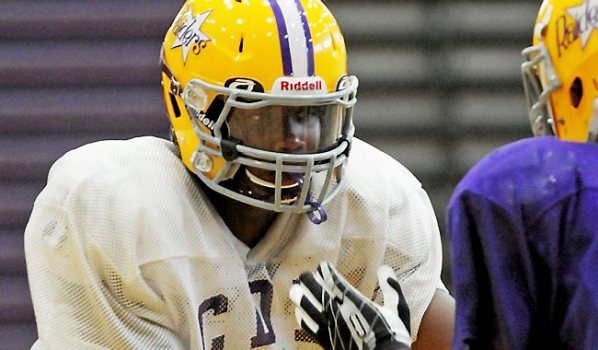

It is also instructive when considering the content and efficacy of police department training and policies.Īt its core, the Fourth Amendment provides the right of people to be free from “unreasonable seizures,” which the Supreme Court explained occurs anytime an officer “restrains the freedom of a person to walk away.” In 1989, in the seminal case Graham v.


A brief review of the courts’ application of the Fourth Amendment in the context of Section 1983 cases may thus provide some insight into how the case against the three former Minneapolis officers unfolded. Courts and prosecutors will, therefore, look to interpretations of Section 1983 when assessing criminal charges under Section 242. Criminal cases, by contrast, are more often decided by a jury without the same need to develop legal jurisprudence. The second, Section 1983 of Title 42, permits private citizens to bring civil cases against officers for harm done.īecause it is a civil statute, Section 1983 benefits from a robust body of case law through which judges have had the opportunity to elaborate on the framework for determining when a constitutional right has been violated. Code, allows for criminal prosecution of individual officers, like those charged in the murder of George Floyd. The first, Section 242 of Title 18 of the U.S. This month’s trial of three former Minneapolis police officers involved in the murder of George Floyd brings to the fore a question that has only recently been addressed by our courts: What obligations does an officer have to intervene when faced with another officer’s unconstitutional use of force? The ability to hold officers liable for constitutional violations dates back to Reconstruction, when Congress established two mechanisms for bringing claims against government officials for constitutional violations.


 0 kommentar(er)
0 kommentar(er)
